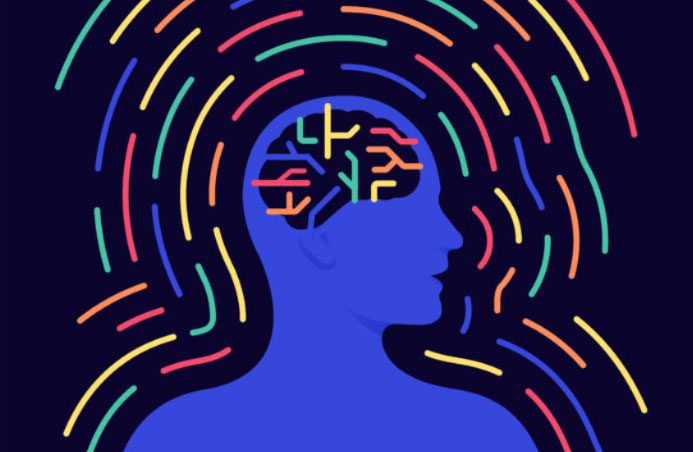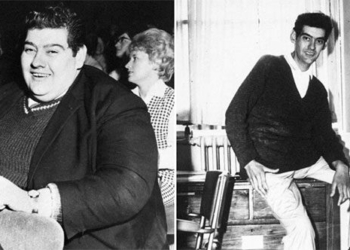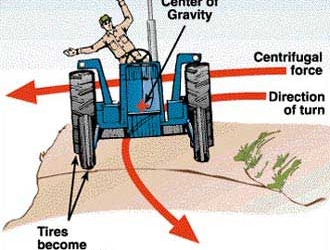Scientists have discovered that the motor cortex region, which governs body movement, is connected to a network that influences thought, planning, mental stimulation, and pain perception.
The connection between the mind and the human body has challenged great thinkers for millennia, including renowned philosophers such as Aristotle and Descartes.
However, the answer seems to lie in the very structure of the human brain.
According to a scientific report published in the journal Nature on April 19, American researchers found that the motor cortex, which oversees body movement, is linked to a network that manages thought, planning, mental stimulation, pain perception, control of internal organs, as well as functions like blood pressure and heart rate.

This system is called the Somatic-Cognitive Action Network (SCAN). (Source: Medicine Wustl Edu)
They identified a previously unknown system in the motor cortex (a part of the cerebral cortex – the outermost layer of the brain) through intersections in various brain areas that govern the movement of body parts such as arms, legs, and face, while also regulating when multiple movements occur simultaneously.
The researchers named this system the Somatic-Cognitive Action Network (SCAN) and noted its connections to brain regions that target and plan actions.
Data records and results from studies on monkeys indicate that SCAN responds to brain regions linked with internal organs, including the stomach and adrenal glands, allowing these organs to adjust their activity levels during specific actions.
This connection can be clearly observed in physical reactions of the body, such as sweating or increased heart rate when thinking about a challenging task ahead.
Professor Evan Gordon from Washington University School of Medicine in St. Louis, the lead author of the study, stated: “Essentially, we have now shown that the motor system of humans is not singular. Instead, we believe there are two distinct systems that control movements. One system is for the individual movements of your arms, legs, and face. This system is crucial for movements that only involve one body part, such as writing or speaking. The second system is SCAN. This system is more important for coordinated whole-body movements and is more connected to planning regions in the brain.”
The researchers used modern imaging technologies to verify a map of brain activity established by neurosurgeon Wilder Penfield 90 years ago, which has had a significant impact in the scientific community.
They found that Dr. Penfield’s map was limited by the level of technological development of his time, necessitating adjustments to this map.
The SCAN system was identified using brain imaging of seven adults to examine the organizational features of the brain, which were then validated in larger datasets involving thousands of other adults.
The scope of SCAN was also found in an 11-month-old child and a 9-year-old child, but not in infants.
Mr. Gordon noted that the role of the brain is still a subject of much debate. Some neuroscientists view the brain primarily as an organ for cognition and interpreting the world around us.
Others think of the brain as an organ designed to produce the best “output” – often physical actions – to optimize survival and evolution in any situation.
Mr. Gordon believes: “Both of these perspectives may be correct, but SCAN aligns best with the second interpretation, which is that the brain integrates goals and planning into the actions of the whole body.”





















































